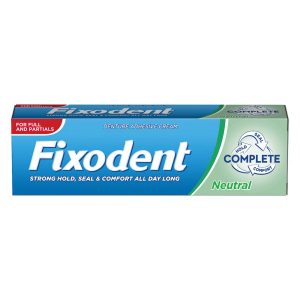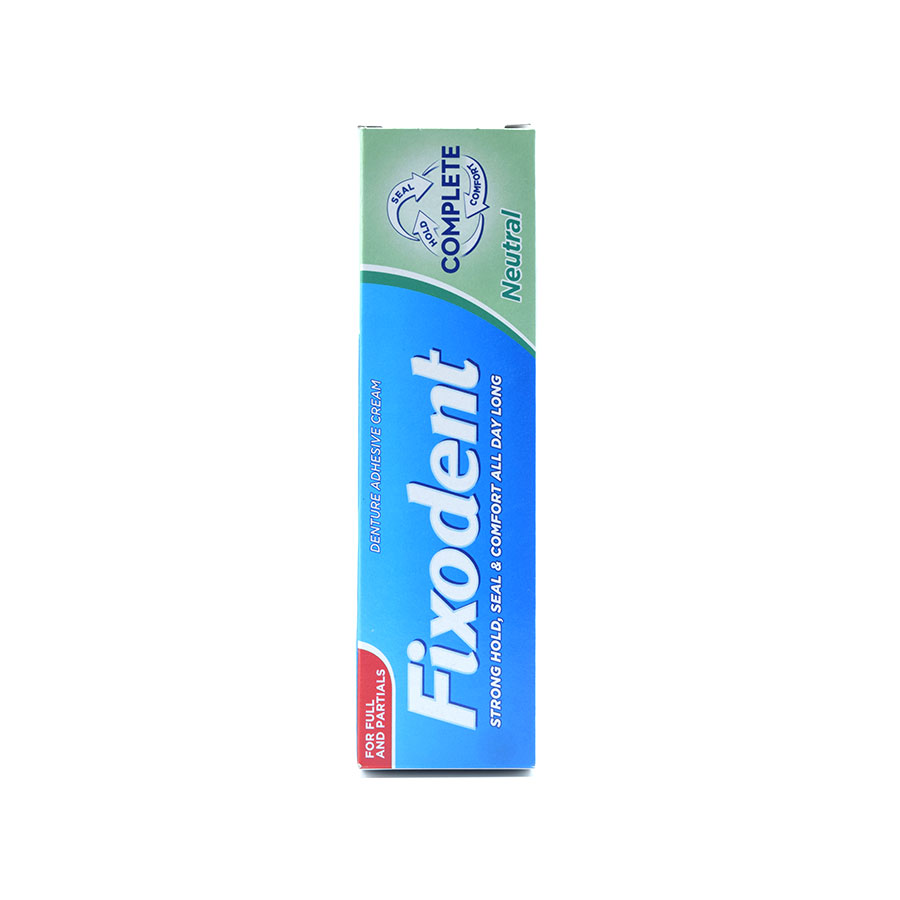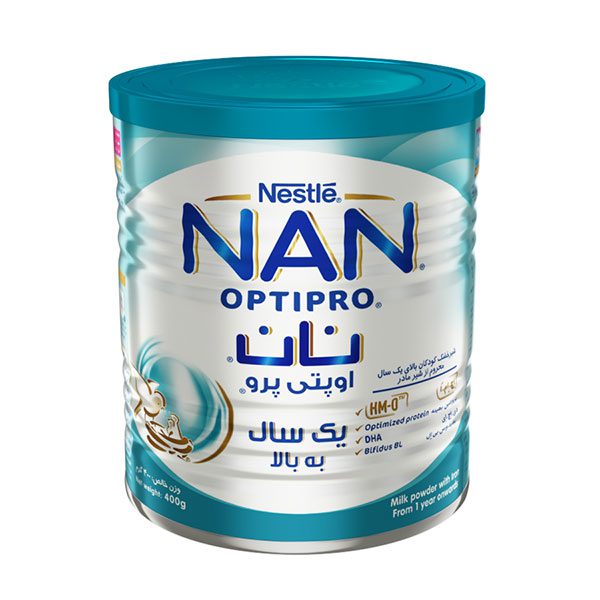Introduction to Dental Veneers
Dental veneers are thin shells made of tooth-colored materials designed to cover the front surface of teeth to improve their appearance. They are commonly used to address various cosmetic issues such as discoloration, chips, cracks, or gaps between teeth. Veneers offer a minimally invasive solution to enhance the aesthetics of a smile, providing a natural-looking result.

The Role of Dental Veneer Glue
At the heart of the dental veneer application process lies the adhesive or glue used to bond the veneers to the teeth. Dental veneer glue plays a crucial role in ensuring the longevity and stability of the veneers once they are placed. It acts as a secure binding agent, holding the veneers firmly in place while also providing strength and durability.
Composition of Dental Veneer Glue
چسب روکش دندان از کجا تهیه کنیمDental veneer glue typically consists of a composite resin material specially formulated for dental applications. This resin-based adhesive is designed to adhere to both the surface of the tooth and the back of the veneer, creating a strong bond between the two surfaces. The composition may also include various additives and initiators to facilitate the bonding process and ensure optimal results.
Types of Dental Veneer Glue
There are several types of dental veneer glue available, each with its own unique properties and application techniques. Some common types include:
Light-Cured Resin: This type of dental veneer glue requires exposure to a curing light to harden and set properly. It offers precise control over the bonding process, allowing for adjustments before the final curing step.
Dual-Cured Resin: Dual-cured dental veneer glue combines both light-cured and self-cured mechanisms, providing versatility in different clinical scenarios. It can polymerize using either light activation or chemical curing agents, ensuring reliable bonding even in areas with limited light access.
Self-Etching Primer Systems: These systems incorporate an acidic primer that simultaneously etches the tooth surface and promotes chemical bonding with the adhesive resin. They streamline the bonding procedure by eliminating the need for separate etching steps, saving time and simplifying the process.
Total-Etch Systems: Total-etch adhesive systems involve a separate etching step using phosphoric acid to create microretentive surfaces on the tooth enamel. This enhances the bond strength between the tooth and the veneer, resulting in excellent adhesion and longevity.
Factors Influencing Dental Veneer Glue Selection
Several factors influence the selection of the most appropriate dental veneer glue for a particular case:
Material Compatibility: The adhesive must be compatible with both the veneer material (e.g., porcelain, composite resin) and the tooth structure to ensure a strong and durable bond.
Clinical Conditions: Factors such as moisture control, cavity preparation, and the presence of adjacent restorations can influence the choice of adhesive system and technique.
Esthetic Considerations: The translucency and color stability of the adhesive play a crucial role in achieving natural-looking results that blend seamlessly with the surrounding tooth structure.

Bond Strength Requirements: The adhesive should provide sufficient bond strength to withstand occlusal forces and ensure the long-term stability of the veneers.
Application Technique: Different adhesive systems may require specific application techniques, such as selective enamel etching or adhesive layering, to optimize bond strength and minimize postoperative sensitivity.
The Dental Veneer Bonding Process
The bonding of dental veneers involves several sequential steps to ensure proper adhesion and long-term success:
Tooth Preparation: The tooth surface is prepared by removing a thin layer of enamel to accommodate the thickness of the veneer. This step may involve minimal reduction for porcelain veneers or more extensive preparation for composite veneers.
Veneer Fabrication: Dental veneers are custom-fabricated either in a dental laboratory or using chairside CAD/CAM technology to match the desired shape, size, and color.
Surface Treatment: The veneer and tooth surfaces are treated to enhance bonding. This may include cleaning, etching with an acidic solution, and applying a bonding agent to facilitate adhesion.
Adhesive Application: The dental veneer glue is carefully applied to the inner surface of the veneer and/or the prepared tooth surface according to the manufacturer's instructions.
Veneer Placement: The veneer is positioned on the tooth surface with precise alignment and fit. Any excess adhesive is removed, and the veneer is temporarily secured in place.
Curing: If using a light-cured adhesive, the veneer is exposed to a curing light to initiate polymerization and bond formation. Dual-cured adhesives may undergo additional chemical curing to ensure complete polymerization.
Finishing and Polishing: Once the adhesive has fully set, any rough edges or excess material are smoothed and polished to achieve a natural appearance and optimal occlusal harmony.
Evaluation and Adjustment: The bite and esthetics are evaluated to ensure proper fit and function. Any necessary adjustments are made to optimize the final result.
Common Challenges and Considerations
While dental veneer bonding is generally a predictable procedure, certain challenges and considerations may arise:
Sensitivity: Some patients may experience postoperative sensitivity following veneer placement, particularly if the adhesive penetrates the dentin or if inadequate isolation leads to moisture contamination.
Marginal Integrity: Ensuring proper marginal adaptation and seal is essential to prevent microleakage, recurrent decay, or discoloration around the veneer margins over time.
Longevity: The longevity of veneer restorations depends on various factors, including patient compliance, oral hygiene practices, occlusal forces, and the quality of the adhesive bond.
Repairability: While dental veneers are highly durable, they may occasionally require repair or replacement due to fracture, debonding, or esthetic concerns. The repair process typically involves surface roughening, adhesive reapplication, and curing.
Conclusion
In summary, dental veneer glue plays a critical role in the success and longevity of veneer restorations by providing a strong and durable bond between the veneer and tooth structure. Understanding the different types of adhesives, their properties, and appropriate application techniques is essential for achieving optimal outcomes in cosmetic dentistry. By considering factors such as material compatibility, clinical conditions, and esthetic considerations, dental professionals can select the most suitable adhesive system to meet the unique needs of each patient and ensure long-lasting smile enhancements.
- ۰ ۰
- ۰ نظر











